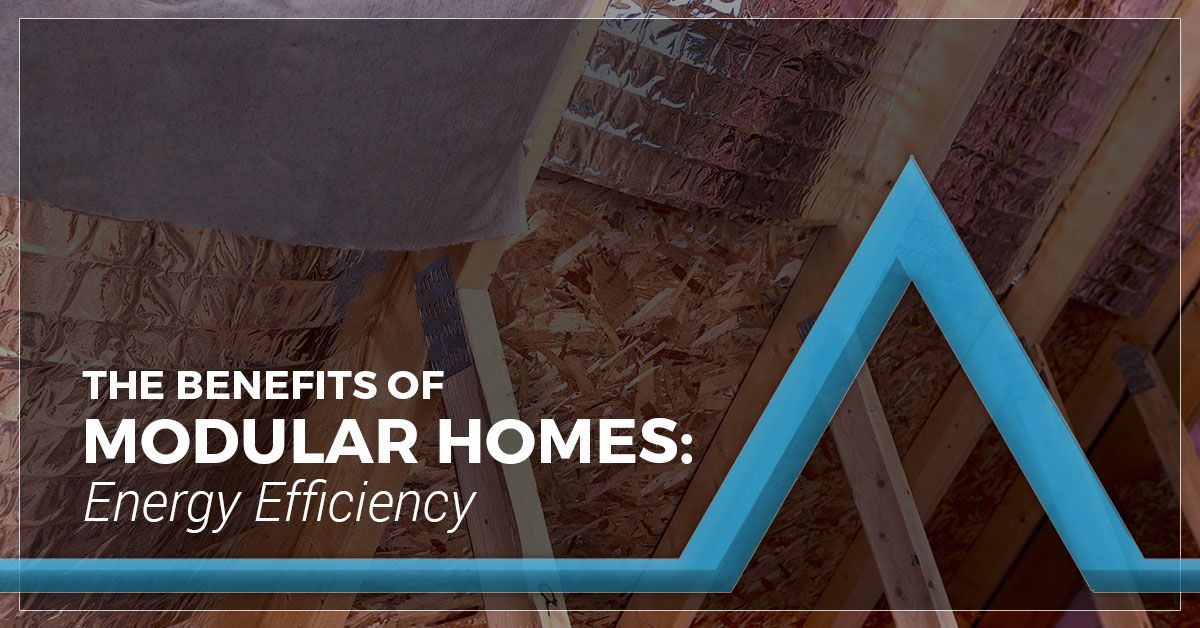In our Benefits of Modular Homes blog series, we’ve already covered the main benefits of buying a modular home — the quick building times, the property appreciation, the opportunities for customization, and the pre-inspections.
Today, we want to shift gears to talk about modular homes and energy efficiency.
MODULAR HOMES ARE ENERGY EFFICIENT
Because modular homes of old were unfairly labeled as lower quality homes, we tend to think of them as flimsy, thin constructions that could tip over with a gust of wind. Thin walls mean poor insulation, and so we also have this misunderstanding that heating and air flow go in one wall and out the other.
This couldn’t be further from the truth. Modern modular homes actually have more capacity than stick-built homes to be energy efficient and environmentally friendly.
Here’s how.
Building Modular Homes Involves Less Waste
Because modular homes are built in a standardized factory setting, they do not produce the same waste as stick-built homes.
They’re pre-built to have exactly what you need and where you need it. Construction teams can simply assemble the home, as they already have all the required materials. There aren’t any extra bulldozers wasting fuel, siding that was brought but never used, etc. As such, modular home builds generally involve significantly less waste than stick-built home constructions.
Modular Homes Are Easily Insulated
Additionally, modular homes benefit from energy-efficient building techniques that can only occur in a factory. Areas that are impossible to reach during a traditional home build are easily accessible, allowing construction teams to add insulation to electrical outlets, floors, and other primary areas of energy waste.
In terms of insulation, modular homes are also built with 2×6 framing, making it possible to insulate walls even more thoroughly.


